iPhone 12 mini vs iPhone 12 vs iPhone 12 Pro vs iPhone 12 Pro Max: What’s different?
If you’re buying an iPhone 12, it helps to have a iPhone 12 vs iPhone 12 mini vs iPhone Pro vs iPhone 12 Pro Max guide to figure out which of Apple’s handsets is the one for you.
There’s four different prices, three different sizes and important camera differences between these models. But these iPhones do have plenty of things in common, too, from their 5G capability and fast A14 Bionic processors to their tougher Ceramic Shield displays and MagSafe wireless charging.
Having the iPhone 12 tech specs helps for the new iPhone 12 models, which is why we’re staring there, but there’s a lot more that you need to know before you hand over your money.
What about the iPhone 13? We expect a fair number of upgrades based on the rumors, including even better 5G, a faster A15 Bionic chip and camera improvements. But the iPhone 12 series should be discounted at that point, which would be great news. Here’s how the iPhone 12, iPhone 12 mini, iPhone 12 Pro and iPhone 12 Pro Max compare.
iPhone 12 vs mini vs Pro vs Pro Max: Tech specs
| iPhone 12 mini | iPhone 12 | iPhone 12 Pro | iPhone 12 Pro Max | |
| Price | $699 | $799 | $999 | $1,099 |
| Display | 5.4 inches OLED (2340 x1080) | 6.1 inches OLED (2532 x 1170) | 6.1 inches OLED (2532 x 1170) | 6.7 inches (2778 x 1284) |
| Colors | Black, White, Red, Green and Blue | Black, White, Red, Green and Blue | Silver, Graphite, Gold, Pacific Blue | Silver, Graphite, Gold, Pacific Blue |
| CPU | A14 | A14 | A14 | A14 |
| Storage | 64GB, 128GB, 256GB | 64GB, 128GB, 256GB | 128GB, 256GB, 512GB | 128GB, 256GB, 512GB |
| Rear camera | 12MP wide (f/1.6), 12MP ultra-wide f/2.4) | 12MP wide (f/1.6), 12MP ultra-wide f/2.4) | 12MP wide (f/1.6), 12MP ultra-wide (f/2.4), 12MP telephoto (f/2.0) | 12MP wide (f/1.6), 12MP ultra-wide (f/2.4), 12MP telephoto (f/2.2) |
| Zoom | 5x digital | 5x digital | 2x optical/10x digital | 2.5x optical12x digital |
| Front camera | 12MP TrueDepth (f/2.2) | 12MP TrueDepth (f/2.2) | 12MP TrueDepth (f/2.2) | 12MP TrueDepth (f/2.2) |
| 5G | sub-6Ghz, mmWave | sub-6Ghz, mmWave | sub-6Ghz, mmWave | sub-6Ghz, mmWave |
| Battery | 2,227 mAh | 2,815 mAh | 2,815 mAh | 3,687 mAh |
| Battery life (hrs:min) | 7:28 | 8:25 | 9:06 | 10:53 |
| Size | 5.18 x 2.53 x 0.29 inches | 5.78 x 2.82 x 0.29 inches | 5.78 x 2.82 x 0.29 inches | 6.33 x 3.07 x 0.29 inches |
| Weight | 4.76 ounces | 5.78 ounces | 6.66 ounces | 8.03 ounces |
iPhone 12 vs mini vs Pro vs Pro Max: Release dates
The iPhone 12 lineup was released in two stages. The 6.1-inch iPhone 12 and iPhone 12 Pro had a release date of October 23, 2020, while the 5.4-inch iPhone 12 mini and 6.7-inch iPhone 12 Pro Max arrived November 13.
iPhone 12 vs mini vs Pro vs Pro Max: Prices and storage
The iPhone 12 mini is the most affordable of the new iPhones, starting at $699 with 64GB of storage. The iPhone 12 costs $799 for the same 64GB; you’re simply paying for a larger display. You can also opt for 128GB or 256GB of storage, which ads $50 and $150 to the cost, respectively.
The iPhone 12 Pro starts at $999 for 128GB of storage, while the larger iPhone 12 Pro Max has a price of $1,099 for 128GB. Apple also offers 256GB (and extra $100) and 512GB ($300 more) of storage for these phones. .
Check out the best iPhone 12 deals from all the major carriers and retailers.
iPhone 12 vs mini vs Pro vs Pro Max: Size
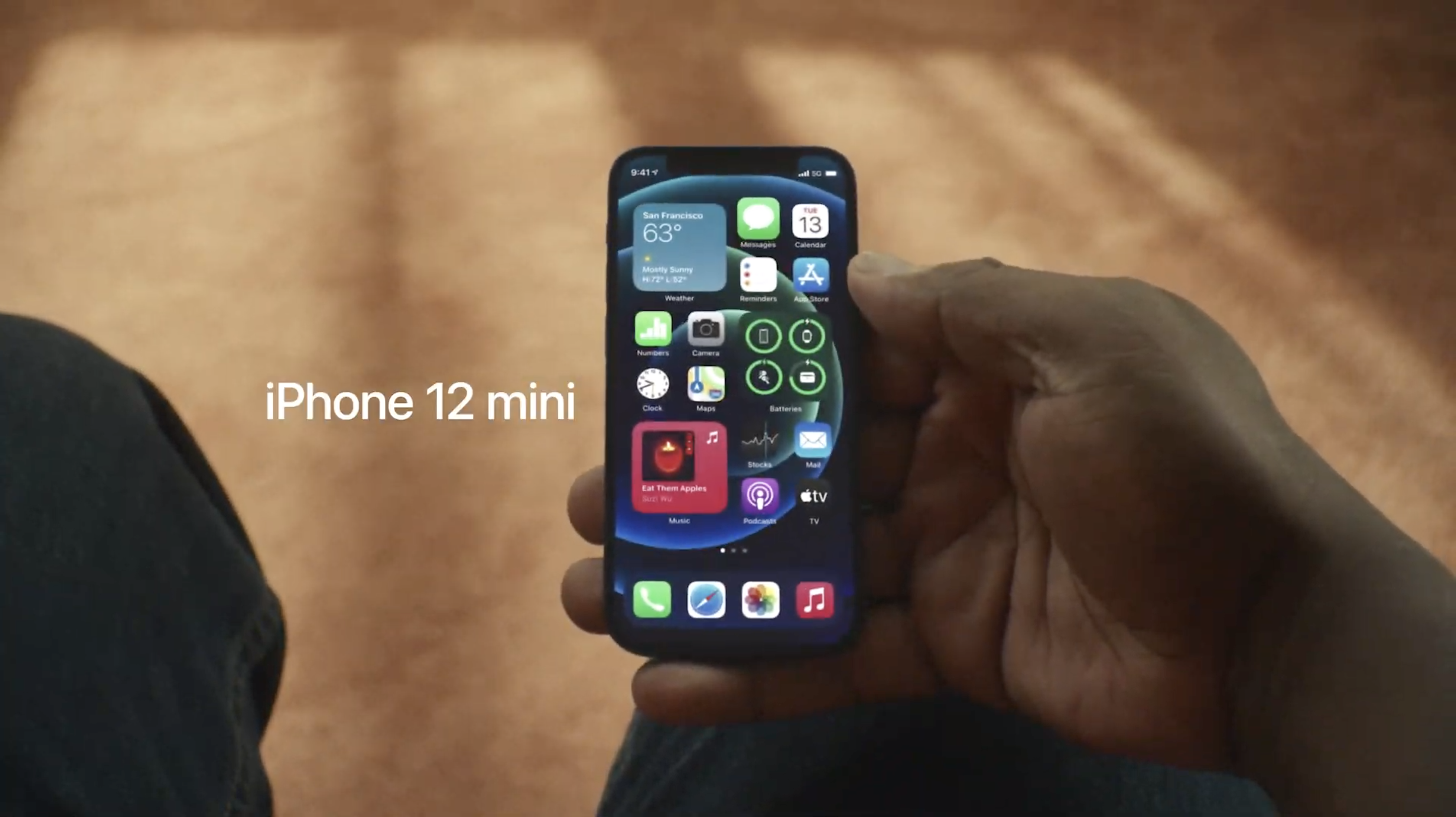
The 5.4-inch iPhone 12 mini cracks our best small phones list with a very compact design. Apple says it’s the smallest, thinnest and lightest phone in the world, and the 5.18 x 2.53 x 0.29-inch design and 4.76-ounce weight back that up. However, iPhone 12 mini sales seem to be very slow, and Apple has reportedly slashed production of the iPhone 12 mini, so it could be the case that not many shoppers want a handset this compact.
From there, we step up to the 6.1-inch iPhone 12, which, at 5.78 x 2.82 x 0.29 inches and 5.78 ounces, is smaller and lighter than the iPhone 11 (5.94 x 2.98 x 0.33 inches, 6.84 ounces). This is partly because Apple was trimmed the edges around the display.
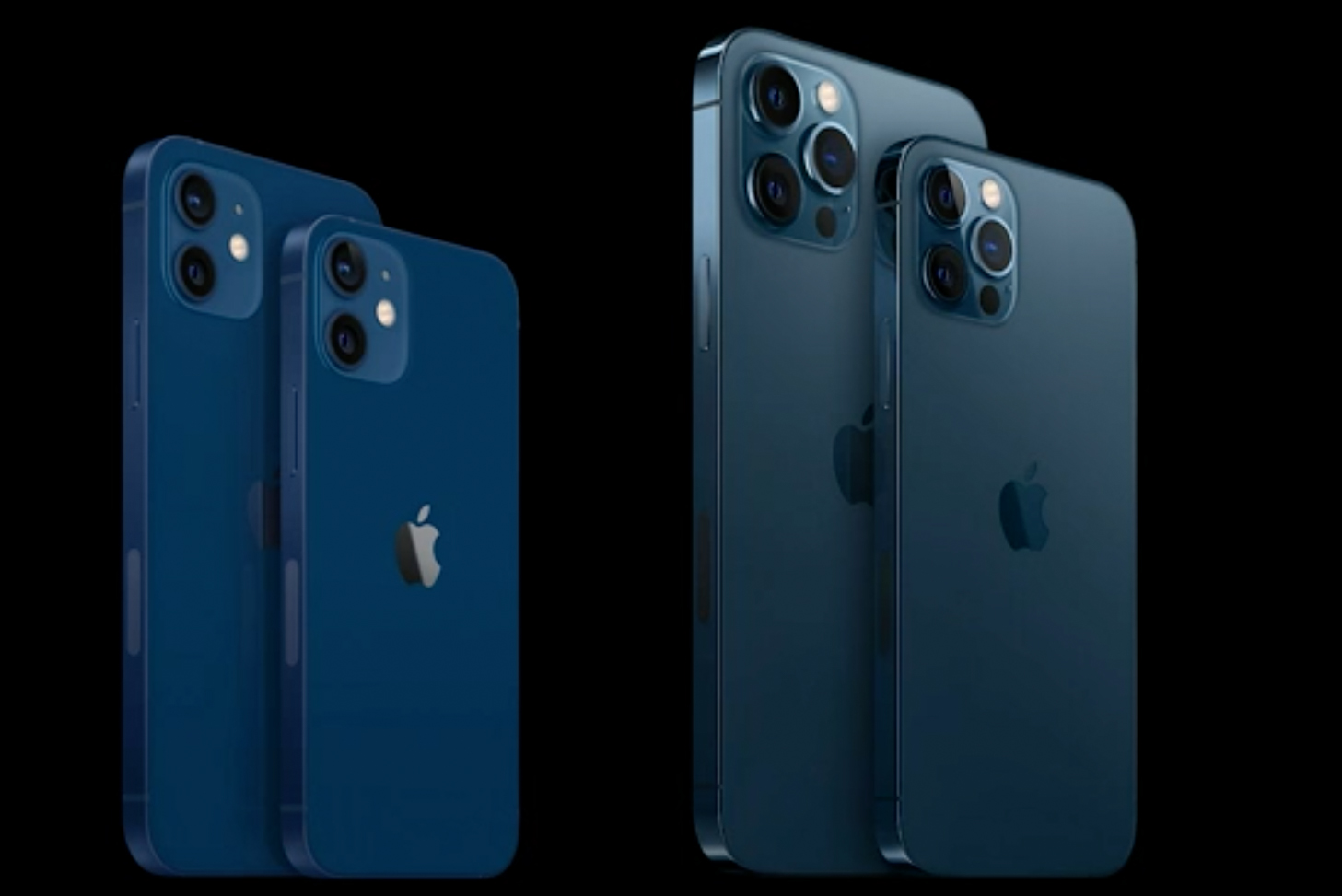
The iPhone 12 Pro has the same size 6.1-inch display as the iPhone 12 and same dimensions, but it has more heft to it due to additional features like the telephoto lens and LiDAR scanner. It comes in at 6.66 ounces.
The iPhone 12 Pro Max features a 6.7-inch screen, and it’s roughly the same size as the previous 6.5-inch iPhone 11 Pro Max. It’s naturally the biggest device in the lineup and is best used with two hands, measuring 6.33 x 3.07 x 0.29 inches and weighing 8.03 ounces.
iPhone 12 vs mini vs Pro vs Pro Max: Colors and design
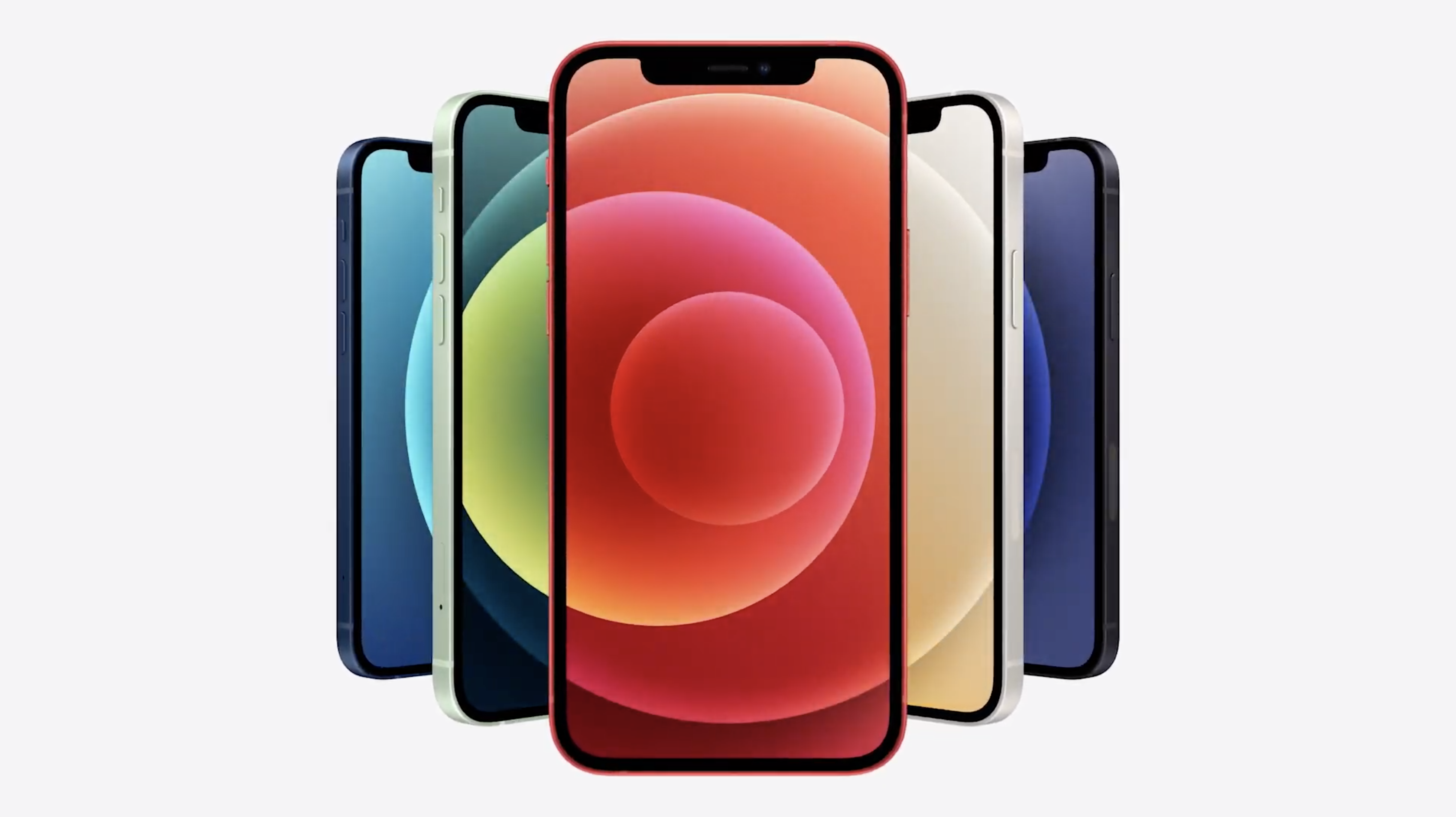
All four new iPhone 12 models have a sleeker flat-edge design and a new Ceramic Shield display that’s designed to be four times more drop resistant than the previous iPhone 11.
Every new iPhone 12 is also more water resistant, as they can survive being submerged in up to 6 meters of water for 30 minutes, compared to 2 meters on the iPhone 11.
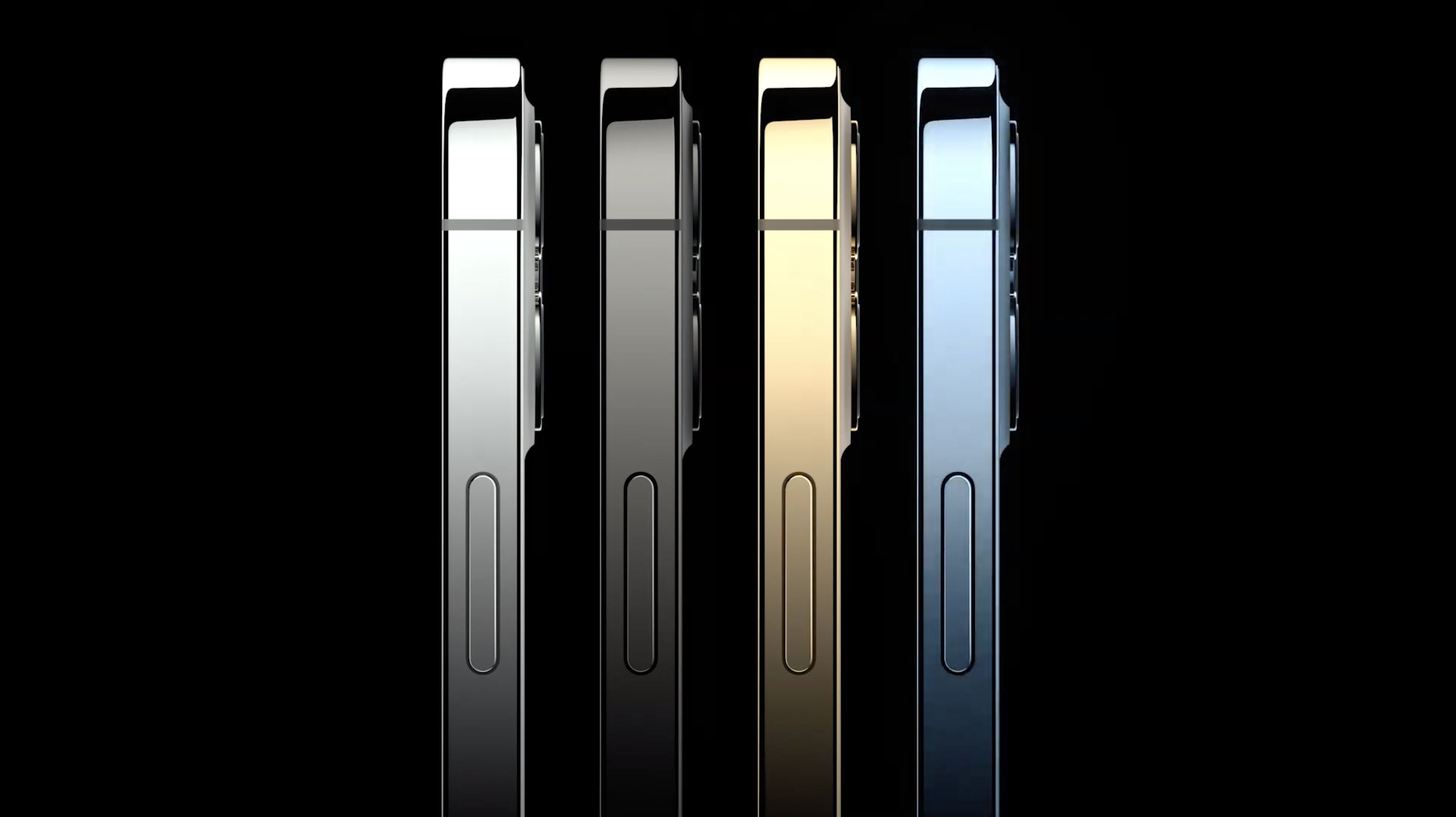
In terms of colors, the iPhone 12 and iPhone 12 mini share five options: black, white, red, green and blue. These phones have a glass back and aluminum band.
The iPhone 12 Pro and iPhone 12 Pro Max have a more premium stainless steel band and four color options. You can take your pick from silver, graphite, gold and Pacific Blue.
iPhone 12 vs mini vs Pro vs Pro Max: Displays
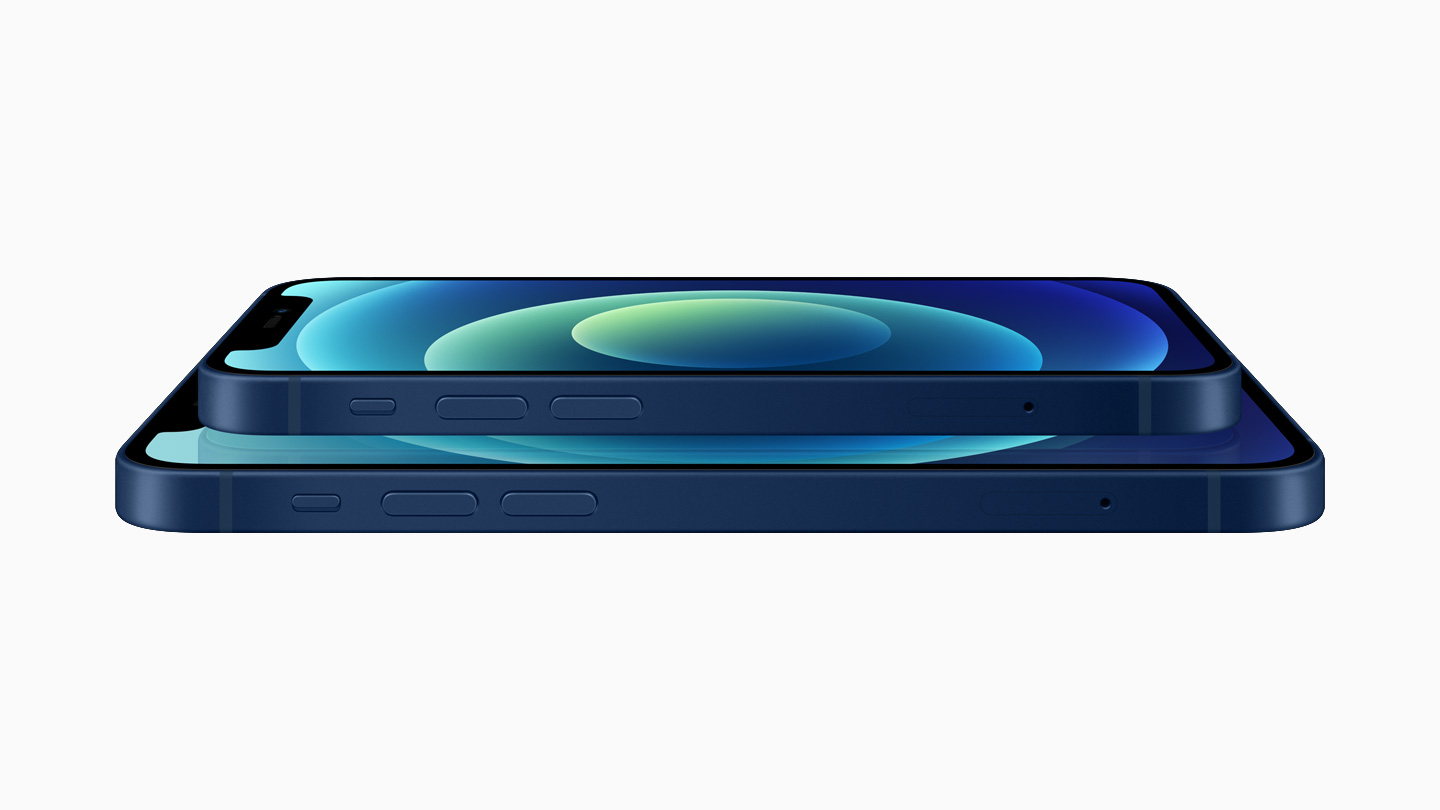
All four iPhone 12 models have OLED displays with a peak brightness of 1,200 nits, so you should you have no trouble seeing them outdoors. However, the typical brightness of the iPhone 12 mini and iPhone 12 is 625 nits, while the iPhone 12 and iPhone 12 Pro up that to 800 nits.
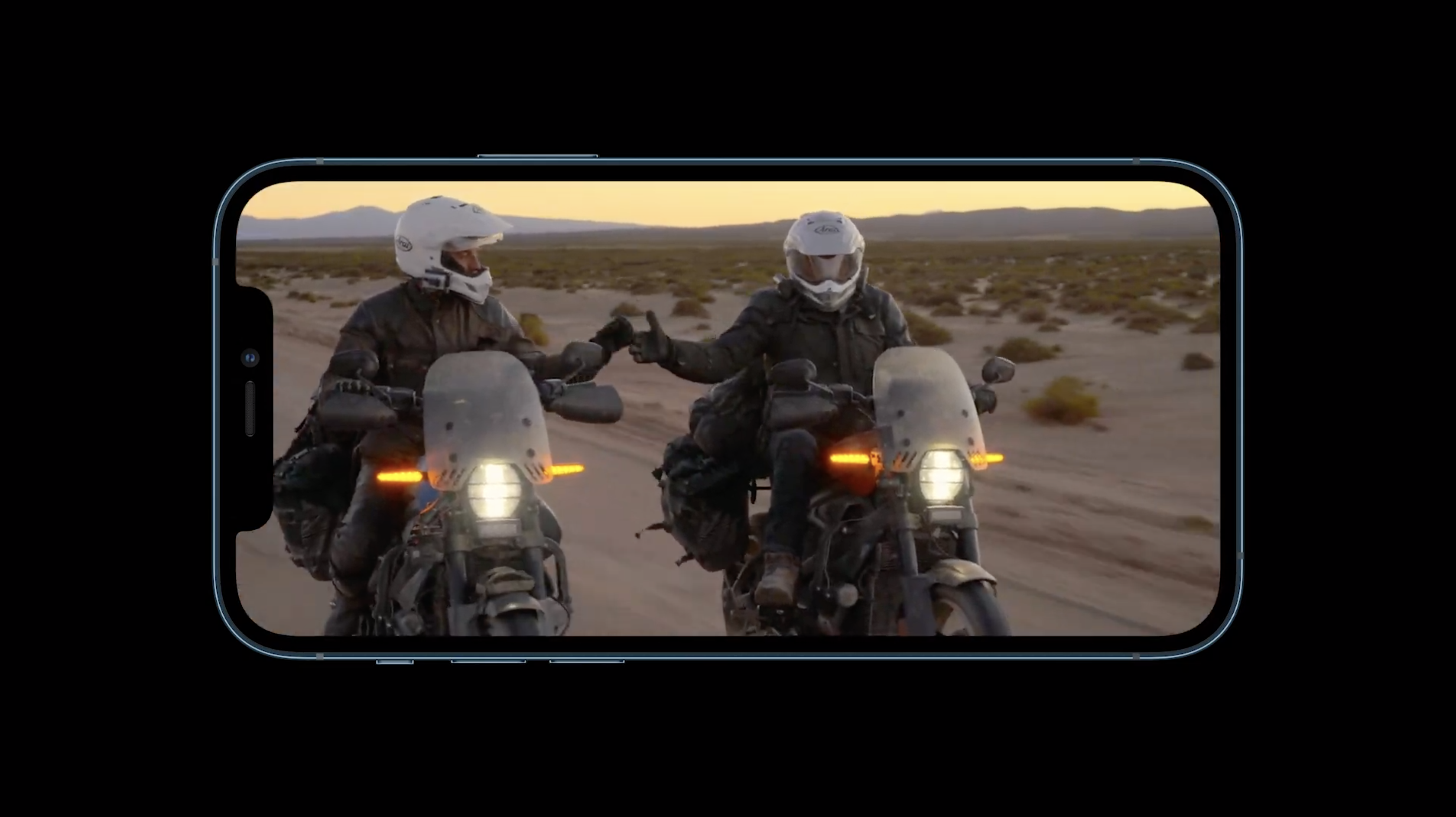
The iPhone 12 mini’s 5.4-inch display has a resolution of 2340 x 1080 pixels, while both the 6.1-inch iPhone 12 and iPhone 12 Pro Max pack 2532 x 1170 pixels. The largest 6.7-inch iPhone 12 Pro Max has a 2778 x 1284-pixel display.
iPhone 12 vs mini vs Pro vs Pro Max: Cameras
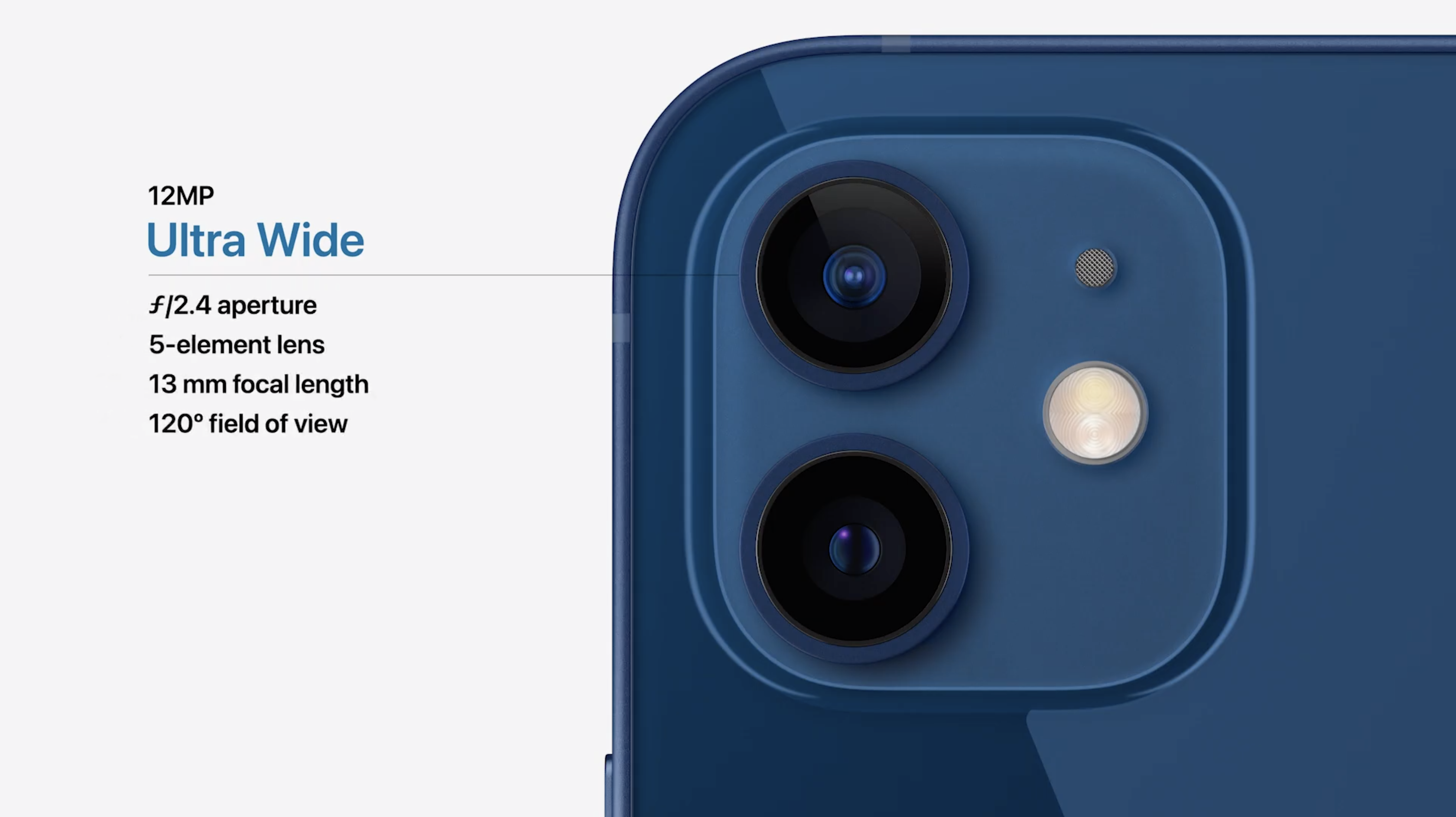
This is where you’ll find the biggest differences between the iPhone 12 and iPhone 12 mini, not to mention the iPhone 12 Pro vs. iPhone 12 Pro Max. But let’s start with the camera enhancements they all share.
All four iPhone 12 models feature a new wide camera with a faster f/1.6 aperture for letting in more light. You also get more advanced computational photography, with both Night Vision and Deep Fusion (for better detail) available on all cameras.
In addition, Night Mode now captures brighter images with better contrast, and Deep Fusion delivers more texture and less noise in Deep Fusion photos. Plus, there’s Smart HDR 3 for delivering more natural-looking images in challenging lighting conditions.
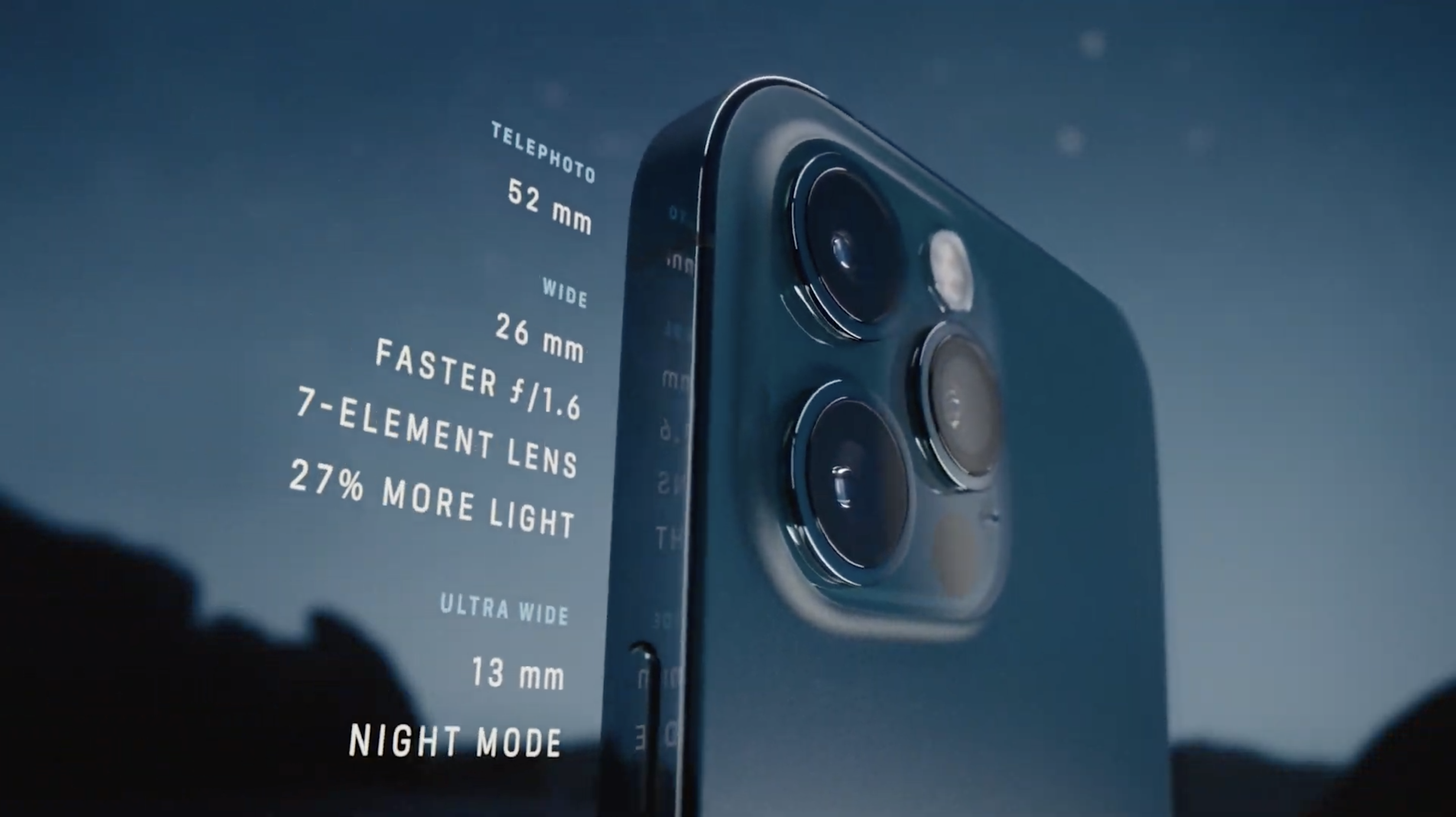
The iPhone 12 Pro offers a 2x telephoto zoom with 10x digital zoom, while the iPhone 12 Pro Max extends that to 2.5x optical zoom and 12x digital zoom. The iPhone 12 and iPhone 12 mini are limited to 5x digital zoom.
The iPhone 12 Pro and iPhone 12 Pro also benefit from a LiDAR sensor. This helps improve autofocus by up to 6x in low light while also enabling Night mode protraits, something the iPhone 12 and iPhone 12 mini can’t pull off.
Apple’s iPhone 12 Pro Max is even ahead of the iPhone Pro, thanks to a larger sensor in the wide camera that delivers an 87% improvement in low light. Plus, only the iPhone 12 Pro Max boasts sensor-shift optical image stabilization for reducing blur. The iPhone 12 Pro Max tops our best camera phone list based on our testing.
Both iPhone 12 Pro models now offer Apple ProRAW, which combines Apple’s multiframe image processing and computational photography to let photographers shoot in RAW format. This will give pros more creative control over their images.
All four iPhone 12 models feature the same front 12MP TrueDepth camera with f/2.2 aperture, offering Night mode, Deep Fusion, Smart HDR 4 and HDR video recording with Dolby Vision up to 30 fps.
iPhone 12 vs mini vs Pro vs Pro Max: Video
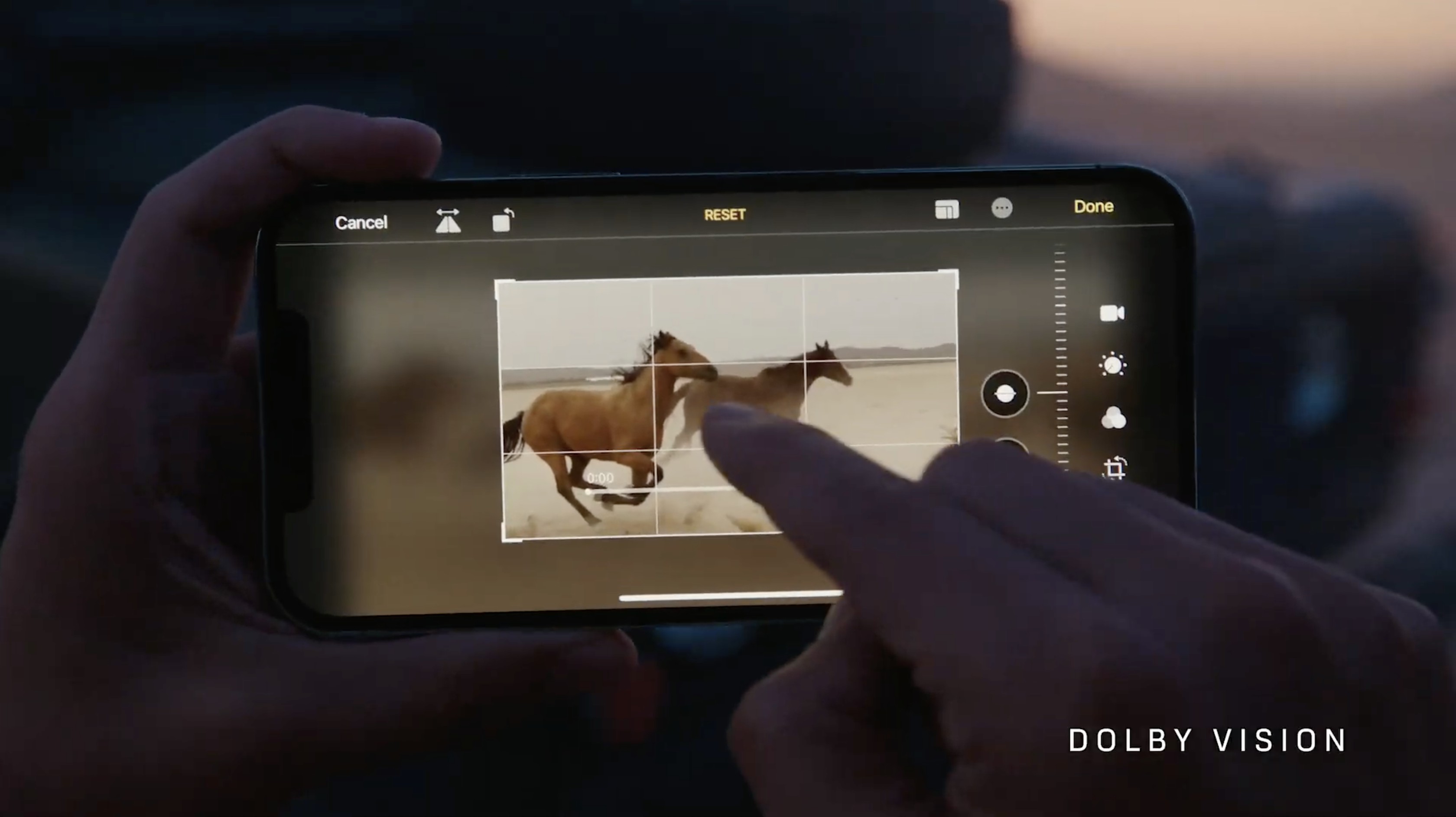
The entire iPhone 12 lineup is capable of recording HDR video with Dolby Vision support, and you can edit that footage right on the phone in the Photos app. However, while the iPhone 12 and iPhone 12 mini shoot up to 30 fps in this mode, the iPhone 12 Pro models go up to 60 fps.
In addition, the iPhone 12 Pro and iPhone 12 Pro Max also benefit from optical zoom in when shooting video at 2x and 2.5x, respectively. When shooting video, the iPhone 12 and iPhone 12 mini are limited to 3x digital zoom, while the iPhone 12 Pro (6x) and iPhone 12 Pro Max (7x) go higher.
All four iPhone 12 models offer Night mode Time-lapse recording, which can produce beautiful results.
iPhone 12 vs mini vs Pro vs Pro Max: Performance
Apple equips the iPhone 12, iPhone 12 mini, iPhone 12 Pro and iPhone 12 Pro Max with the same A14 Bionic processor, which is the first 5nm chip in a phone. Apple says that this chip has the fastest CPU and GPU that’s up to 50% speedier to competing Android phones. Our iPhone 12 benchmarks back up these claims.
The A14 Bionic also benefits from a new 16-core Neural Engine that delivers an 80% increase in performance. Apple doesn’t list the RAM included in its phones, so we’ll have to wait for teardowns, but previous leaks pointed to the iPhone 12 and mini offering 4GB, compared to 6GB of RAM for the Pro models.
While all four iPhone 12 devices should offer excellent performance in augmented reality applications, the LiDAR sensor in the Pro and Pro Max give those phones an edge. The technology enables the iPhone 12 Pros to measure light distance and calculate the pixel depth of a scene.
iPhone 12 vs mini vs Pro vs Pro Max: Battery life and charging
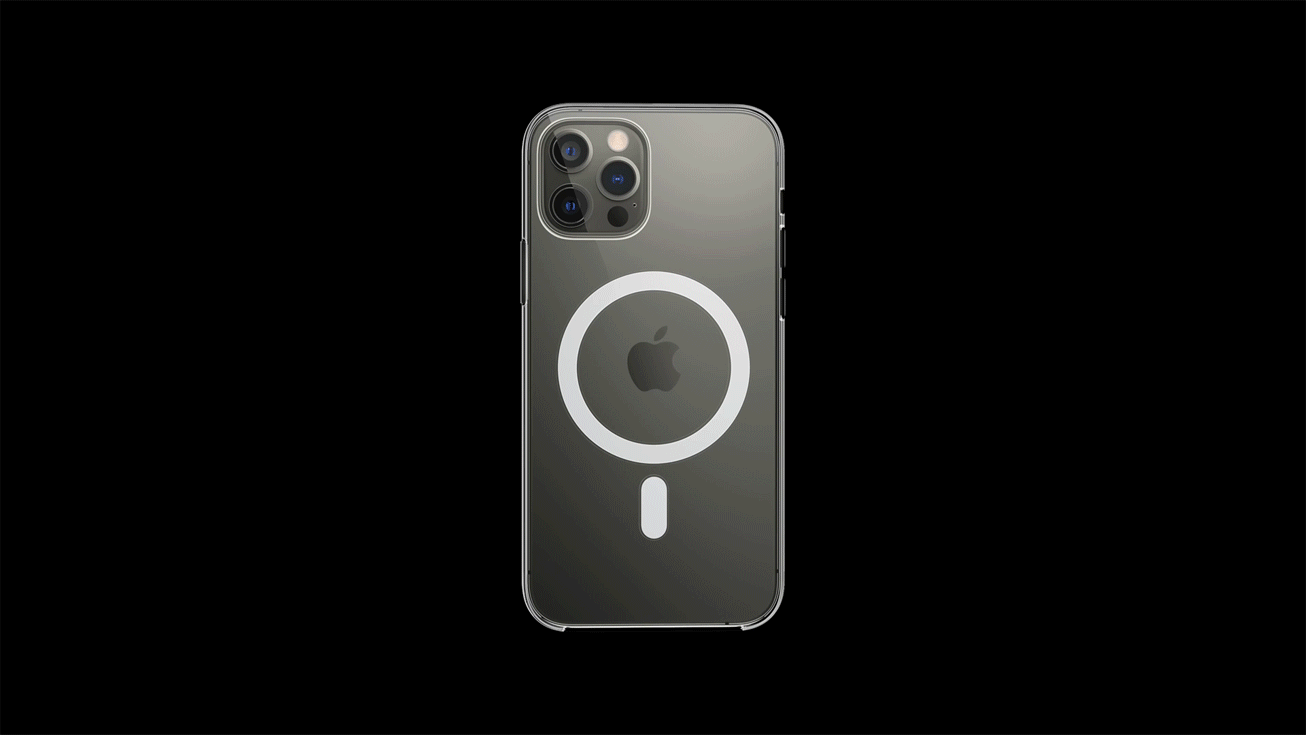
Apple doesn’t list the battery capacities of its phones, but we know them based on teardowns. The iPhone 12 mini has the smallest battery at 2,227 mAh and the iPhone 12 and iPhone 12 Pro both pack 2,815 mAh batteries. The iPhone 12 Pro Max steps that up to 3,687 mAh.
In our iPhone 12 battery test, which involves continuous web surfing over 5G, the iPhone 12 mini lasted 7 hours and 28 minutes, which is not great. The iPhone 12 lasted 8:25 and the iPhone 12 Pro did better still with 9:06. But the iPhone 12 Pro Max lasted longest with 10:53.
The handsets that make our best phone battery life list all last 11 hours or more, so the iPhone 12 Pro Max is the one to get if you want the longest endurance.
Unfortunately, Apple does not include a charger in the box for any of the iPhone 12 handsets, which the company says should help the environment. So you’re going to have to supply your own wired or wireless charger.
A 20W fast charger for the iPhone 12 should juice the phones to 50% in 30 minutes, and it costs $19. But MagSafe should prove to be more convenient, as you don’t need to plug anything in. All four iPhone 12 models have magnets built in that automatically attach to an optional $39 MagSafe charger.
Note that MagSafe delivers 15W of power for the iPhone 12, iPhone 12 Pro and iPhone 12 Pro Max and 12W to the smaller iPhone 12 mini.
iPhone 12 vs mini vs Pro vs Pro Max: What to buy
The $699 iPhone 12 mini is clearly for those who want a phone that’s easy to use with one hand yet powerful enough to meet or beat any other flagship phone out there in terms of performance and camera quality. But the small display can be a turn-off.
The 6.1-inch iPhone 12 offers all of the same features in a more mainstream size for those who are looking for a more immersive viewing experience for $100 more. We consider the regular iPhone 12 the best iPhone for most people.
As you step up to the iPhone 12 Pros, you get more storage and several camera upgrades, including a telephoto lens and LiDAR sensor, plus the ability to shoot in RAW, making these handsets considerably more versatile partners for serious photographers.
The more difficult choice is between the $999 iPhone 12 Pro and $1,099 iPhone 12 Pro Max. The iPhone 12 Pro Max is $100 more, but that premium includes a more powerful zoom, a larger wide camera sensor that lets in more light and a larger battery. That would be my pick between the two Pros.
Some may want to wait until September to see what the iPhone 13 lineup will have in store, which could include a smaller notch, multiple camera improvements and 120Hz displays for the Pro and Pro Max models. But the iPhone 12 series remains a strong option for shoppers.
For all the latest Technology News Click Here
For the latest news and updates, follow us on Google News.
